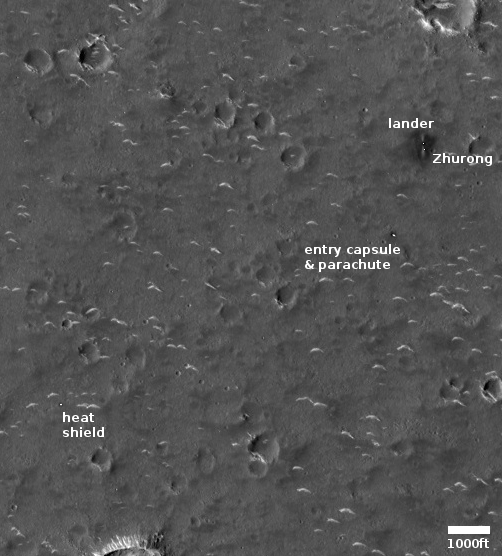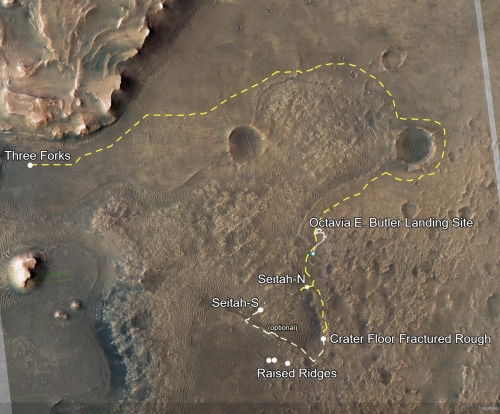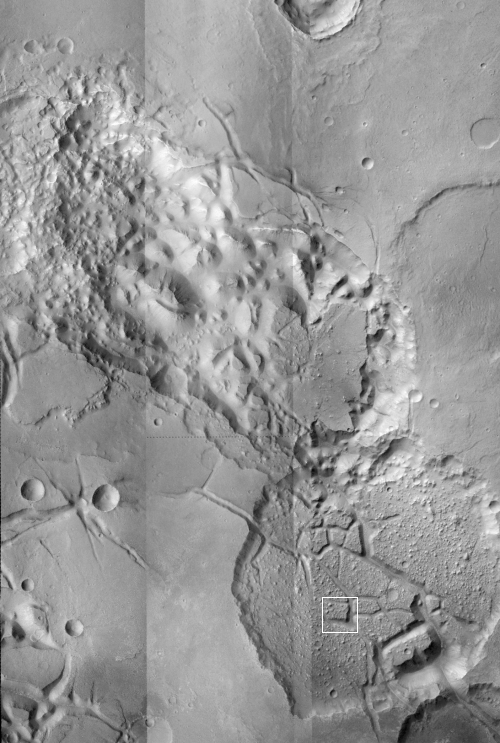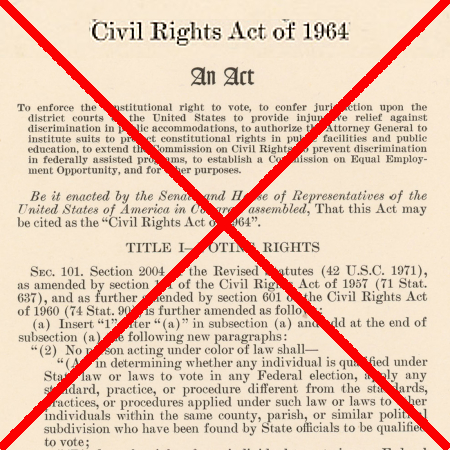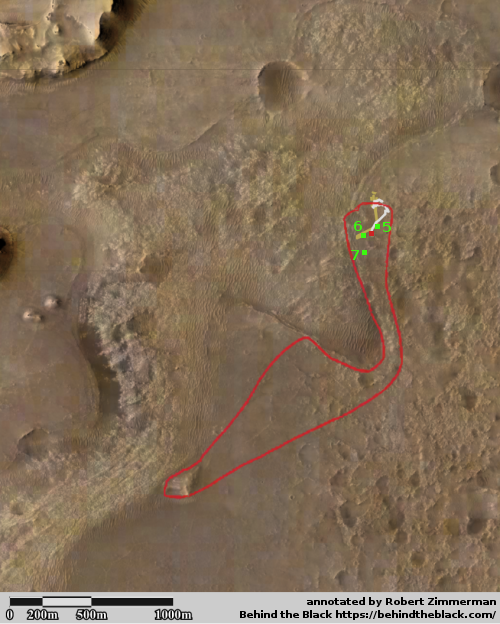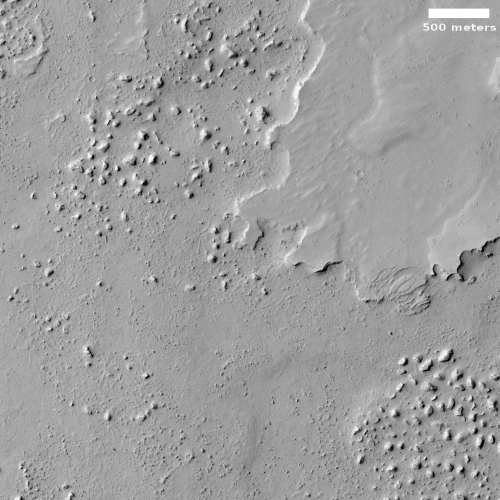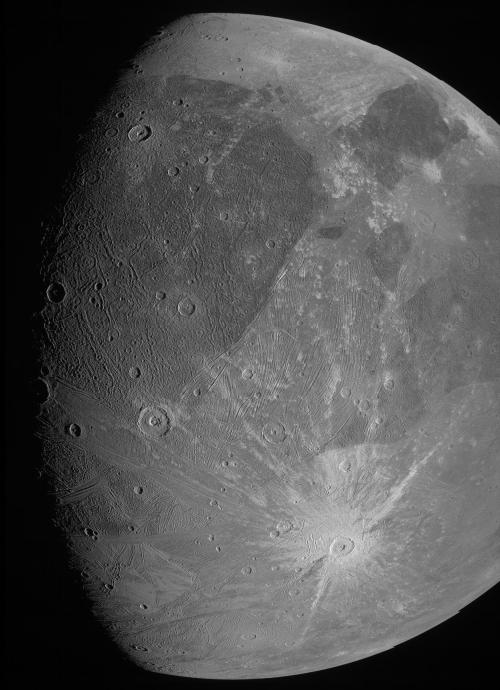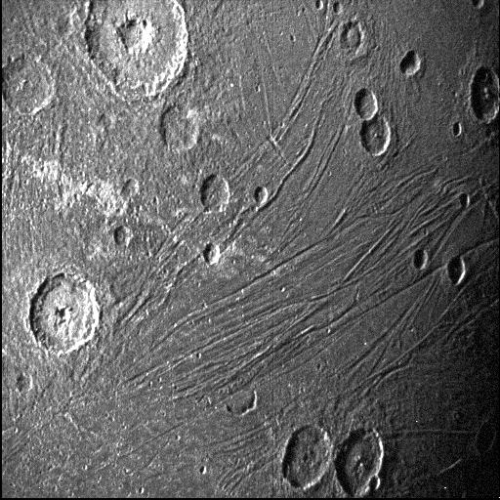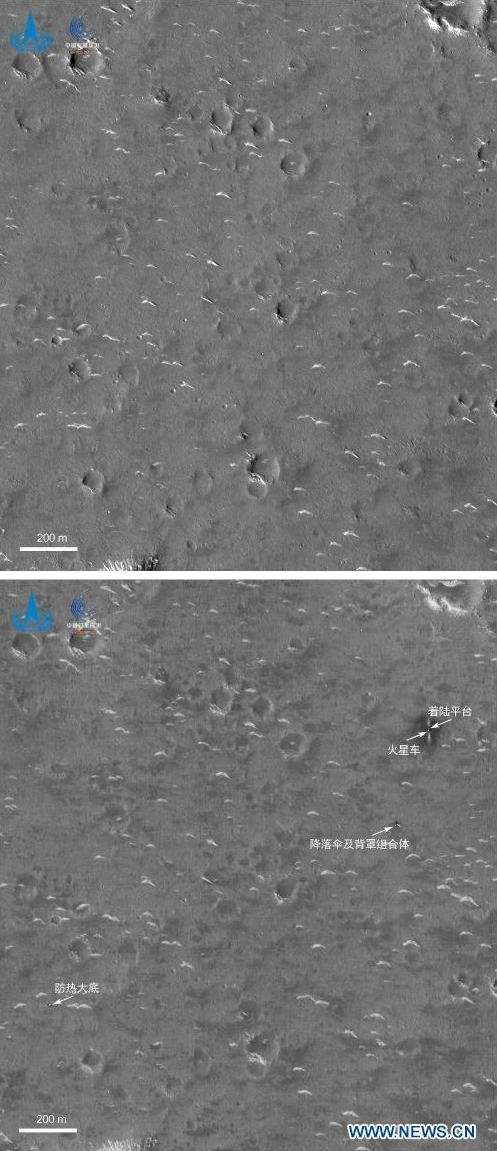Blue Origin sells first tourist seat on New Shepard for $28 million
Capitalism in space: In a live auction today, Blue Origin successfully sold the first tourist seat on the first manned commercial suborbital flight of its New Shepard spacecraft for $28 million. With the additional fee of 6%, the total price was about $29.6 million.
I have embedded the replay of the auction below the fold, cued up to the auction start.
The bidding was amazingly fierce and aggressive, starting at $4.8 million. The final price is quite spectacular, actually $9+ million higher than what Dennis Tito paid to fly to ISS for several days back in the 1990s.
One wonders what SpaceX and Axiom have been charging for their orbital flights. I doubt it is this much. As I watched I wondered if the bidders were considering the time they would spend with Jeff Bezos as part of the value. These are wealthy people, and getting a chance to spend a lot of time with one of the richest men in the world might be far more valuable to them than the flight itself.
Regardless, we will know soon who won the auction, and will fly into space for a few minues or so on July 20th.
Capitalism in space: In a live auction today, Blue Origin successfully sold the first tourist seat on the first manned commercial suborbital flight of its New Shepard spacecraft for $28 million. With the additional fee of 6%, the total price was about $29.6 million.
I have embedded the replay of the auction below the fold, cued up to the auction start.
The bidding was amazingly fierce and aggressive, starting at $4.8 million. The final price is quite spectacular, actually $9+ million higher than what Dennis Tito paid to fly to ISS for several days back in the 1990s.
One wonders what SpaceX and Axiom have been charging for their orbital flights. I doubt it is this much. As I watched I wondered if the bidders were considering the time they would spend with Jeff Bezos as part of the value. These are wealthy people, and getting a chance to spend a lot of time with one of the richest men in the world might be far more valuable to them than the flight itself.
Regardless, we will know soon who won the auction, and will fly into space for a few minues or so on July 20th.


